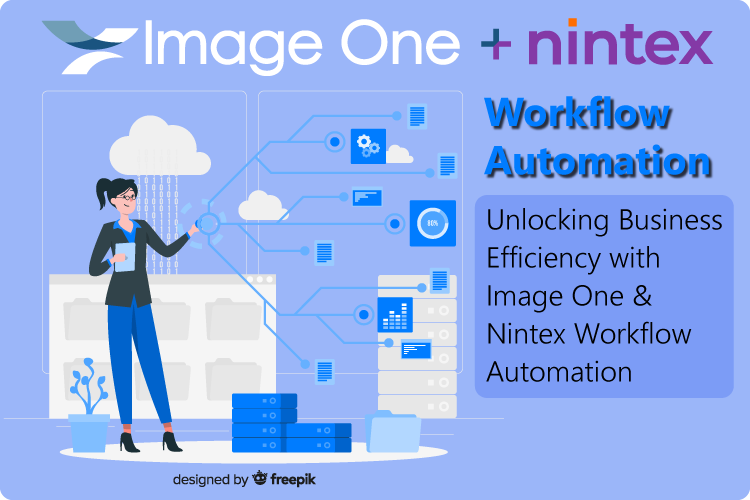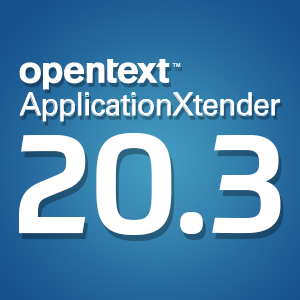Healthcare practices benefit from business process automation
Monday, October 21, 2013There are few sectors in which the encroachment of business process automation has been more widespread – and, indeed, widely felt – than the healthcare industry. After Congress approved a 2009 measure to offer Medicare reimbursements to healthcare practices that upgraded to electronic medical records, a number of these entities took the government up on its offer – including Family Practice Associates and New West Sports Medicine and Orthopedic Surgery, both located in Kearney, Neb., according to the Kearney Hub.
Nebraska practices get with the times
Family Practice kicked off its upgrade in 2010, Director of Nurses Janet Steffen told the news source. By leveraging the help of a document conversion service, the practice converted charts that were two years old or less into a digital format, leaving those older than that to languish in filing cabinets and folders. Although the practice still does use some paper records, the upgrade to digital documentation has transformed daily processes, according to David Glover, Family Practice's clinical administrator.
"We rarely pull a chart now," Glover said, as quoted by the media outlet. "It's all on the computer. It's wonderful."
Think the work is over post-rollout? Think again
Of course, as everyone who's ever implemented a digital document management initiative knows, the work doesn't end when the system is deployed. On the contrary, regular maintenance and upkeep is critical in terms of ensuring ongoing effectiveness. Family Practice is aware of this aspect, and consequently, staff take time every week to talk about systemic problems they encounter, while nurses devote a portion of their monthly meetings to discussing issues that crop up. To streamline the onboarding process for new hires, nurses who join the practice are taken under the wing of a mentor who guides them through developing a familiarity with the system, and there's a "super user" nurse who monitors the technology as well.
"I'd never go back to paper, but it's a constant update," Steffen told the news source, underscoring the importance of consistent maintenance.
"The more you use this system, the more you like it," echoed Glover. "It also gives us, as a clinic, the chance to ask ourselves, 'How are we doing?' We have better information to help you manage your care. We also have more information for chronic care patients."
Preparation is the key to success
Meanwhile, for New West, preparation was key in terms of mitigating upgrade issues, practice administrator Carol Swanson noted, explaining that the weekend before the big switch, staff came to the office to "practice the flow and address any major hiccups." Once the rollout took place, employees stayed late for the first week to discuss issues they ran into and troubleshoot accordingly.
"We bought double the training, just in case," noted Ben Pfannenstein, project manager at the practice, as quoted by the media outlet.
New West lowered the number of patients it handled during the first few days of the rollout, implementing a 50 percent reduction as its staff members learned the ropes. The deployment of the system was also staggered, with four doctors adopting it at once and the remaining three making the transition a month after that.
According to Swanson, the practice's patient roster was back to normal levels within two weeks after the first phase of integration, and its processes were significantly streamlined thanks to the new digital component.
Although digitization comes with a monetary reward for healthcare practices, that doesn't mean businesses in other industries can't also benefit from upgrading.
Brought to you by Image One Corporation, providing government and industry compliance solutions since 1994.




